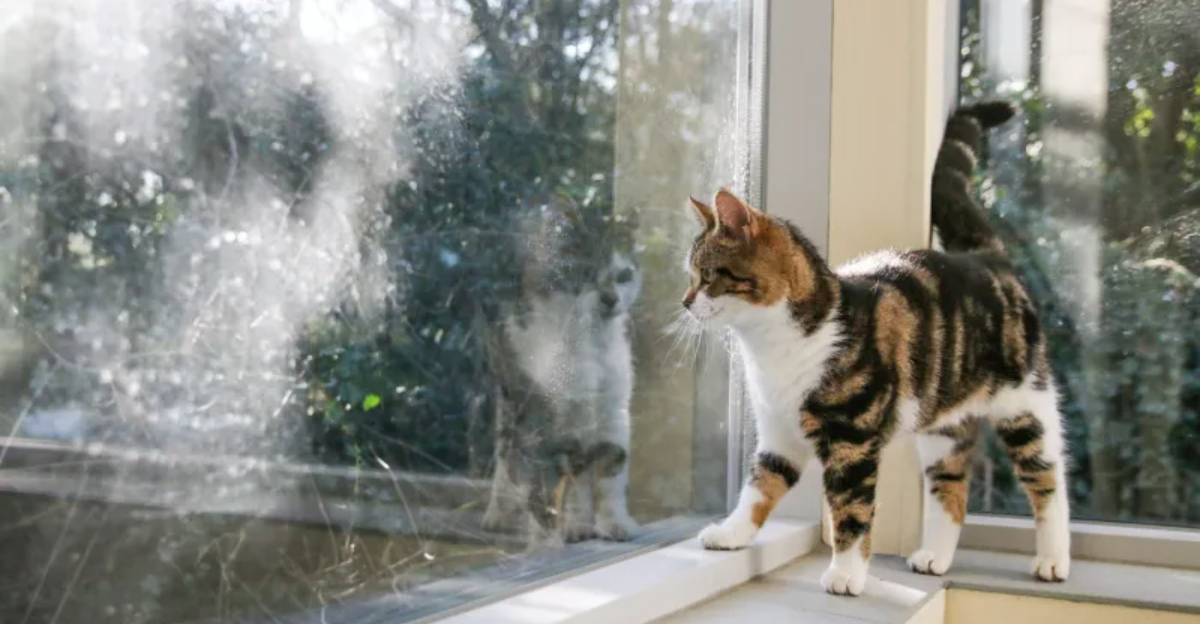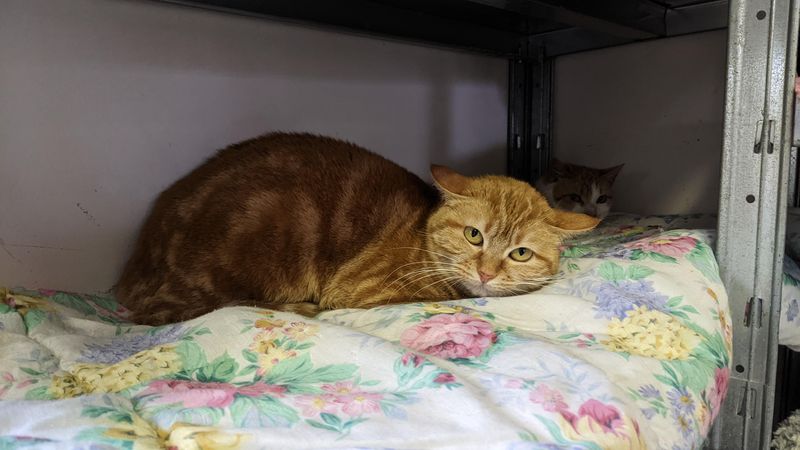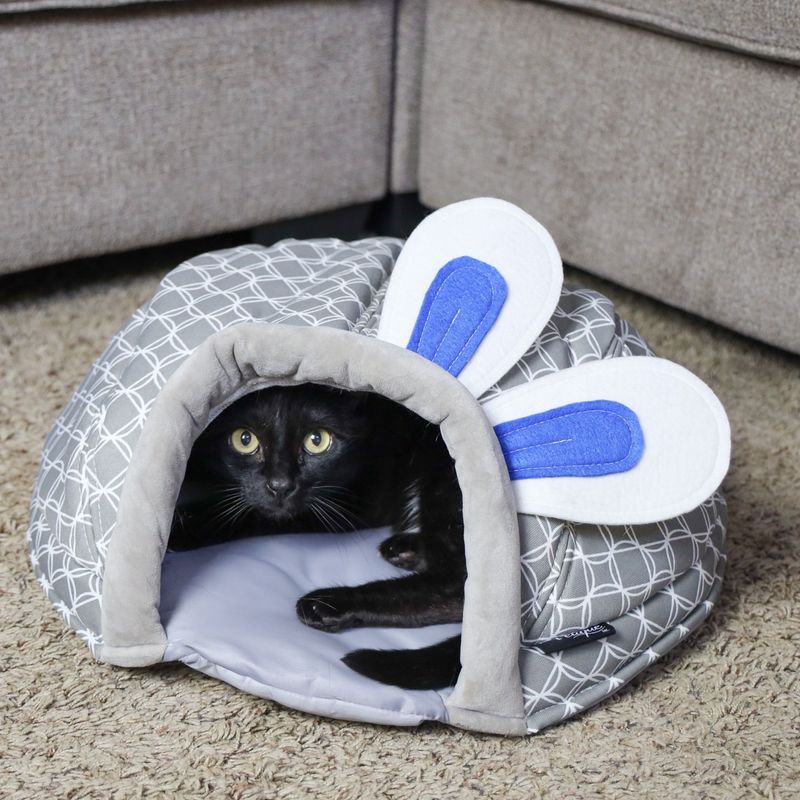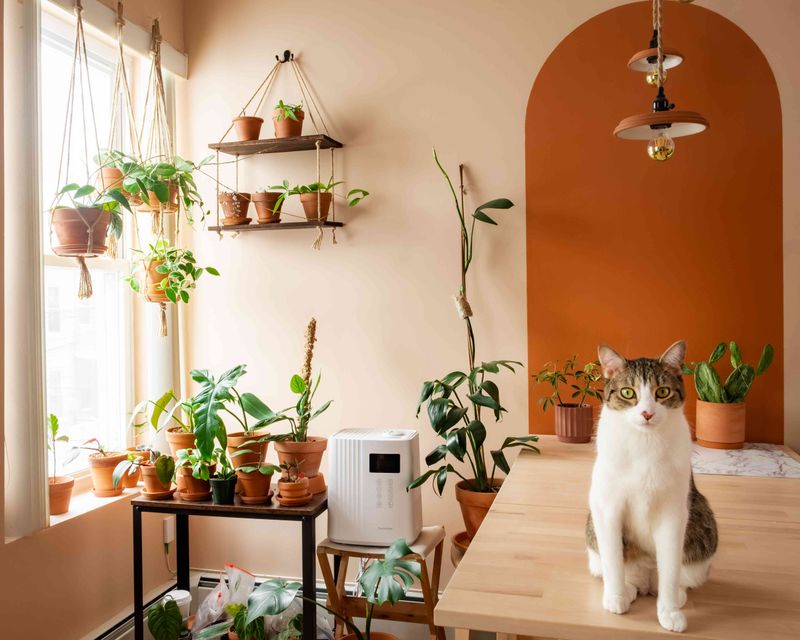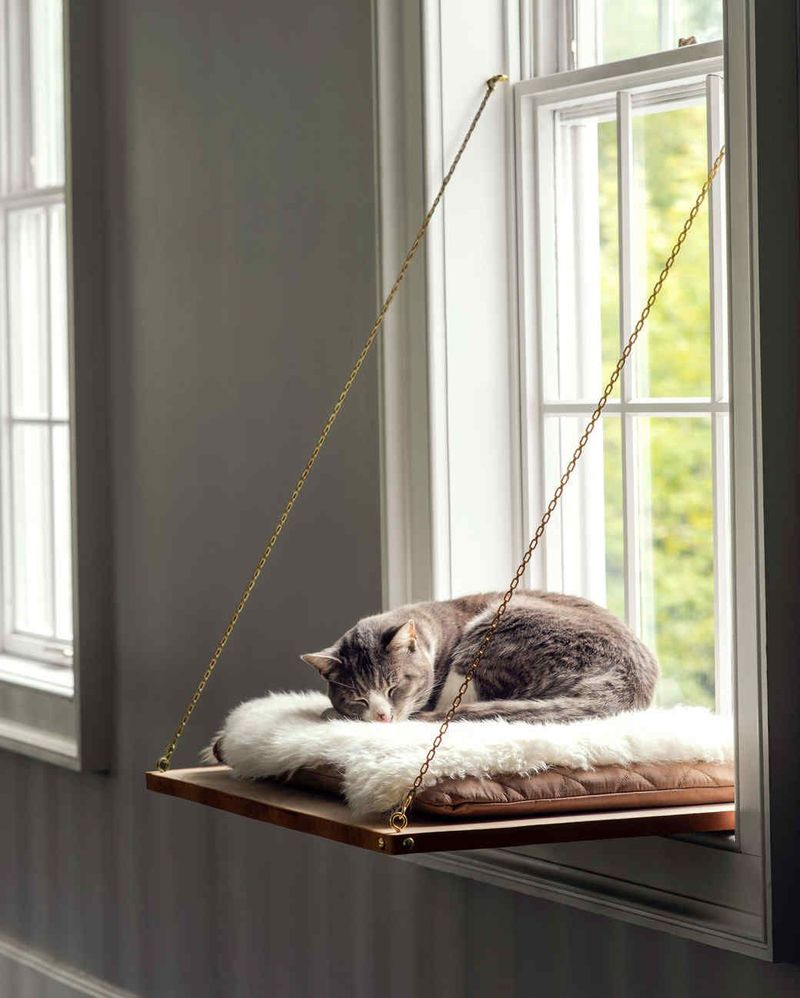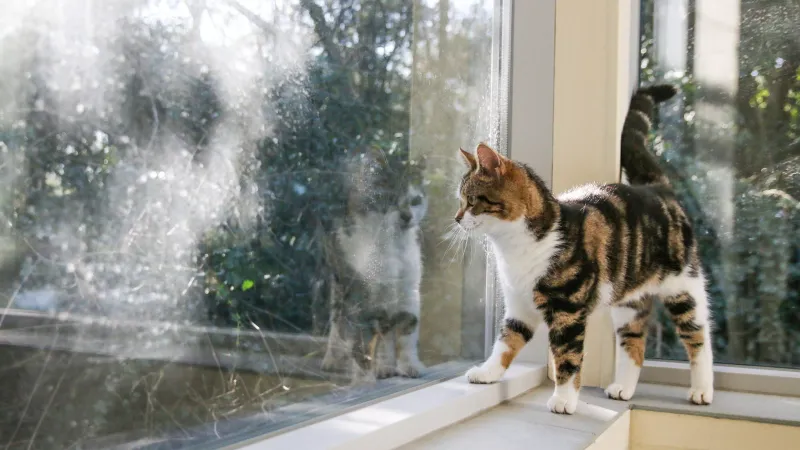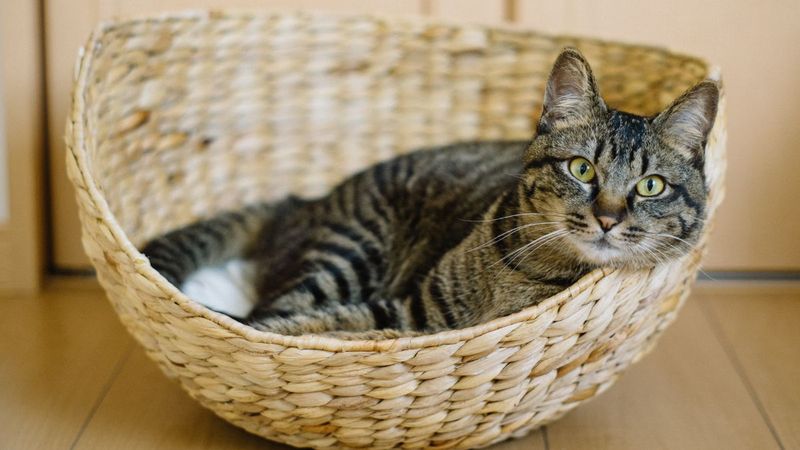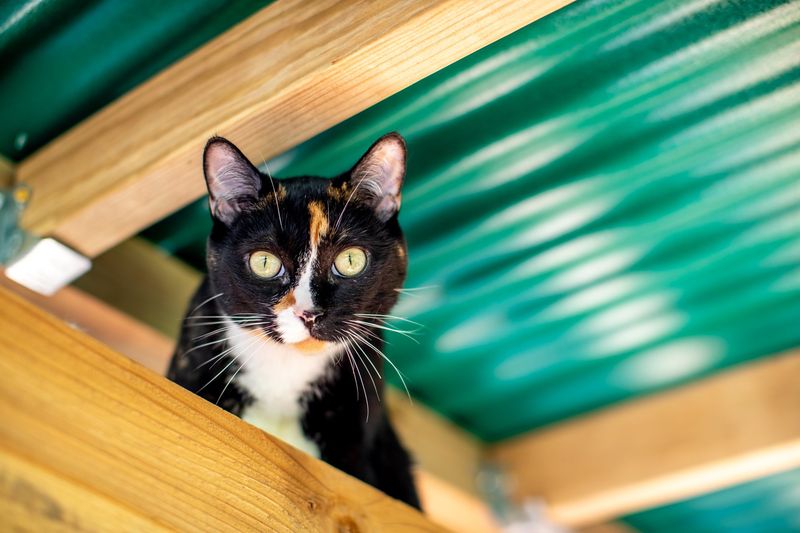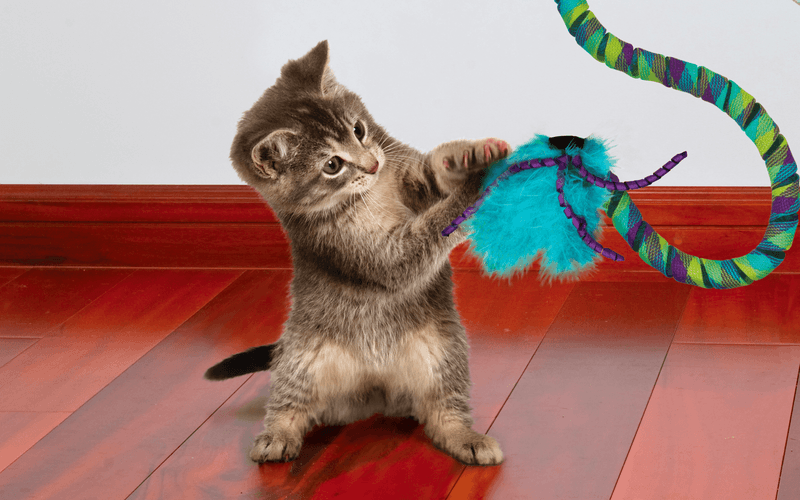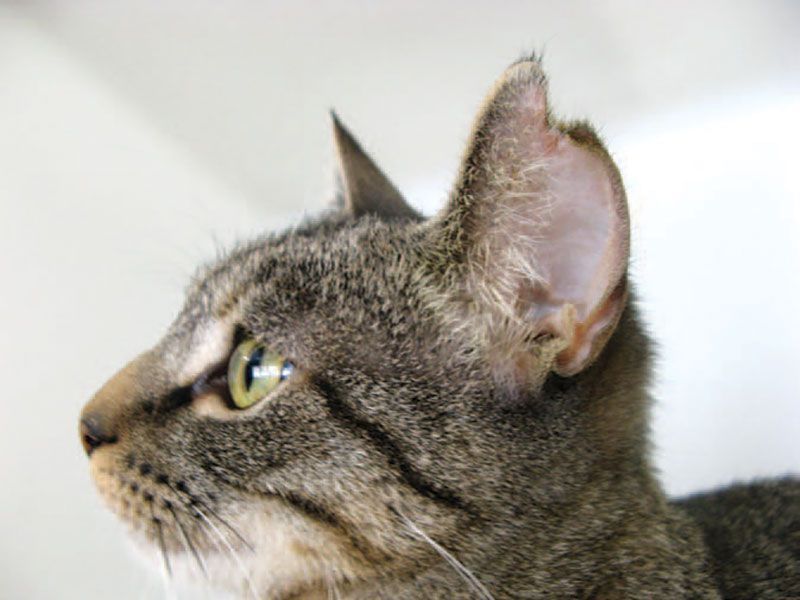📖 Table of Content:
- 1. Set Up a Cozy Refuge
- 2. Tempt with Tasty Treats
- 3. Keep the Peace — Quiet is Key
- 4. Bring the Outdoors In
- 5. Create a Purrfect Nest
- 6. Take It Slow — Let Them Explore
- 7. Consistency is Comfort
- 8. Give Them Space to Breathe
- 9. Pamper with Feline Essentials
- 10. Let Them Come to You
- 11. Show Patience, Show Love
Bringing a feral cat indoors can be a life-changing experience, not only for the cat but also for its new human family. The process requires time, patience, and a deep understanding of the cat’s needs and behaviors. With the right approach, it’s possible to create a space that feels safe and welcoming.
Feral cats are naturally cautious and often fearful of new environments, which makes transitioning to indoor life a delicate process. Providing the right resources and support can ease this adjustment, helping them feel secure in their new home. Gradually introducing them to their indoor surroundings is key to ensuring a smooth transition.
A calm, controlled approach combined with love and care can make all the difference. Whether it’s offering familiar scents, setting up a quiet space, or respecting their pace, each step can help build trust. With the proper techniques, even the most hesitant feral cat can thrive indoors.
1. Set Up a Cozy Refuge
The first step to helping a feral cat settle in is creating a cozy hideaway. Choose a peaceful corner where they can feel safe and secure. Soft blankets and a few intriguing toys will spark their curiosity, while a dim lamp can provide a calming atmosphere.
This personal space will become their sanctuary, a place where they can observe from a distance and gradually adjust to new surroundings. The key is to make it feel like a private oasis, inviting and serene. A safe haven for them to decompress and feel at ease.
2. Tempt with Tasty Treats
Who can resist delicious treats? To coax a feral cat indoors, tantalize their taste buds with a variety of tempting nibbles. Offer these savory morsels in a quiet, undisturbed area to avoid startling them.
These treats serve as an invitation, encouraging them to venture further into their new domain. As they become accustomed to this routine, they’ll begin associating your home with delightful flavors and comfort. Patience is key; allow them to explore at their own pace. Tasty treats act as both an incentive and a token of trust.
3. Keep the Peace — Quiet is Key
A tranquil environment is essential in calming a feral cat’s nerves. Ensure that the initial interactions are set in a quiet space, free from loud noises or sudden movements. Speak softly and move slowly to maintain a peaceful atmosphere.
This silence allows them to hear the comforting sounds of your voice without feeling threatened. Gradually, the cat will learn that this peaceful setting is a place of safety. Consistent quietude helps in building their confidence and trust in you.
4. Bring the Outdoors In
For a feral cat accustomed to the great outdoors, bringing elements of nature inside can ease the transition. Decorate with potted plants and natural textures to create familiarity.
The scents and sights of the outdoors within the home provide comfort, bridging their past experiences with their new life. Incorporate textures like wood and stone for added effect. This merging of environments can make an indoor space feel less foreign and more inviting.
5. Create a Purrfect Nest
Crafting a perfect resting spot is essential. Position a plush cat bed near a window, allowing the cat to bask in the sun’s warmth and watch the world outside. Add cushions and soft toys to enhance comfort.
This nest should be a place of relaxation and contentment, where the cat feels secure. Natural light can be soothing, and the view keeps their inquisitive nature satisfied. A well-thought-out nest combines comfort with interest, making it an irresistible retreat.
6. Take It Slow — Let Them Explore
Allowing a feral cat to explore at their own pace is crucial. Offer them the freedom to investigate their surroundings, sniffing out objects and peeking around corners. An enclosed space ensures safety while they satisfy their curiosity.
Respect their boundaries, and never rush the process. Exploration is a form of mental stimulation, helping them acclimate to new scents and sights. The autonomy to wander builds their confidence, assuring them that they are in a safe and supportive environment.
7. Consistency is Comfort
Routine brings a sense of security and comfort to a feral cat. Establish a consistent schedule for feeding, playtime, and resting, reflecting stability. Utilize a wall calendar to visualize this routine, reinforcing predictability.
Consistency helps the cat understand what to expect, reducing anxiety as they slowly adapt to indoor living. The rhythm of daily life will gradually become a comforting melody, providing a secure foundation for their new journey. Over time, this routine fosters trust and eases the transition.
8. Give Them Space to Breathe
Provide plenty of space and options for hiding spots and elevated platforms. This arrangement allows a feral cat to feel unconfined, promoting a sense of freedom and safety.
The ability to retreat or view their environment from a height gives them control over their interactions. This freedom fosters a sense of security, reassuring them that they are in command of their surroundings. Space to breathe and explore is a cornerstone in their acclimatization process.
9. Pamper with Feline Essentials
Pampering a feral cat with essentials like scratching posts, toys, and grooming tools shows care and attention to their needs. Arrange these items in a cozy corner, inviting them to engage and interact.
Providing such essentials not only caters to their instincts but also signals that they are in a nurturing environment. This thoughtful preparation helps in building a bridge of trust and encourages positive interaction, laying the foundation for a harmonious relationship.
10. Let Them Come to You
Patience is essential when coaxing a feral cat to approach. Extend your hand quietly and wait for the cat to make the first move. This gentle invitation must come without pressure, allowing the cat to decide.
By letting them come to you, you respect their autonomy and foster trust. The choice to engage will empower them, building confidence and strengthening the bond between you. This mutual understanding is a gentle dance of trust and companionship.
11. Show Patience, Show Love
To help a feral cat adjust, patience and love are non-negotiable. Calm, gentle petting and soothing tones demonstrate your care and affection. A warm, inviting atmosphere will encourage them to relax and feel at ease.
Taking the time to understand their needs and showing empathy will deepen your connection. This loving attention transforms apprehension into trust. A nurturing approach encourages the cat to open up and embrace their new life, paving the way for a lasting bond.
